
Aquarium Coral Reefs
Coral information, pictures and care for keeping a reef tank aquarium; anemones, stony corals, soft and leather corals, mushrooms and zoanthids, clams and more
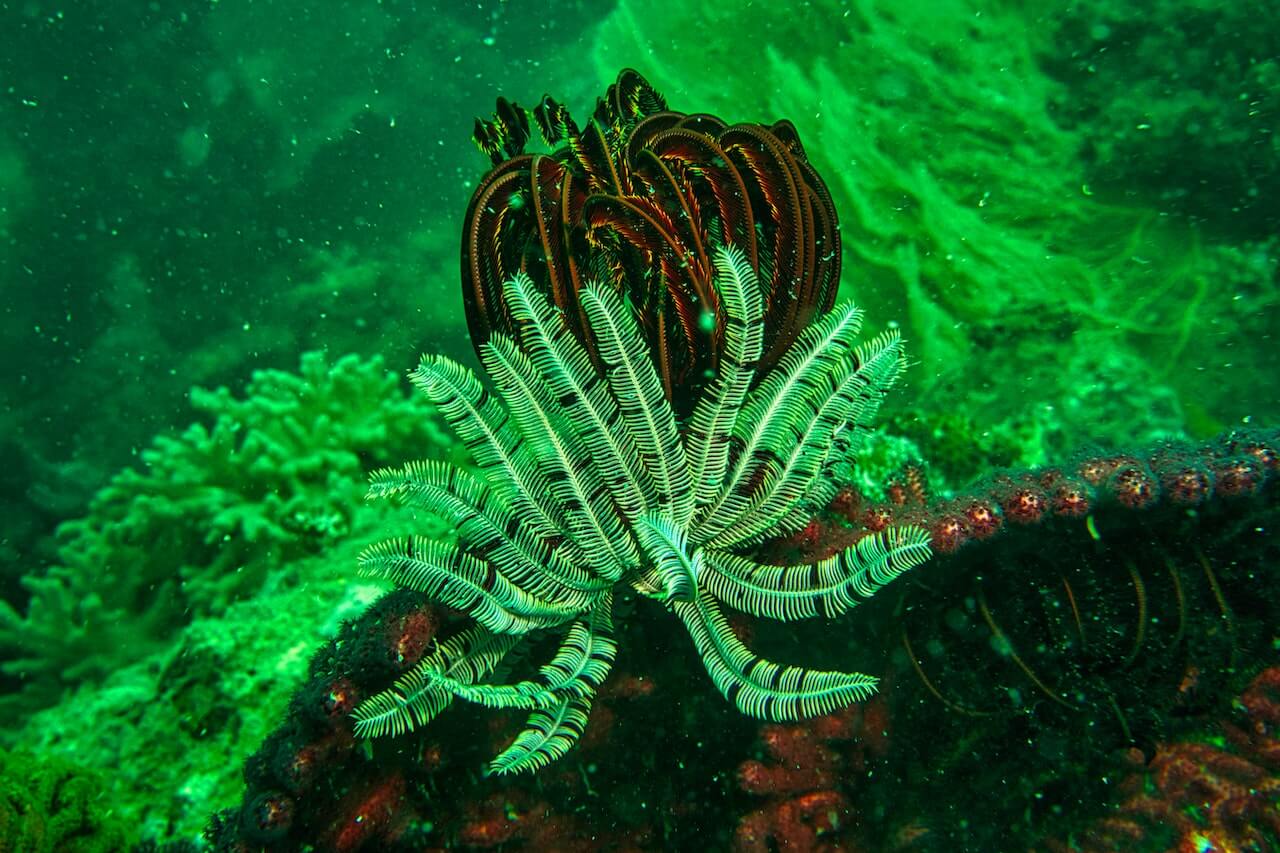
Aquarium Plants
Aquatic plant guides for ferns and mosses, stem plants, rosette plants, and plants for the pond. Plants can be the main aquarium attraction or used to enhance your aquarium's beauty and health.
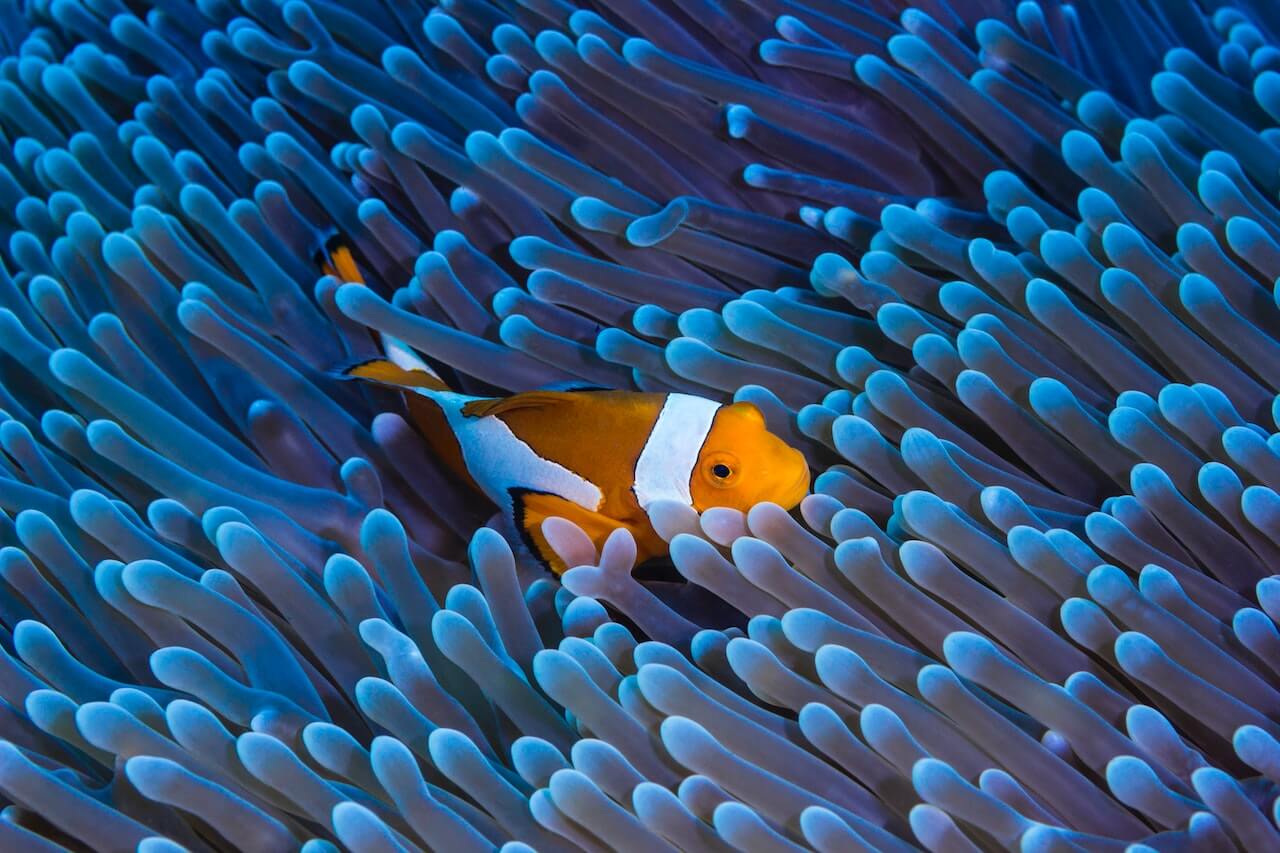
Aquarium Tropical Fish
Fish guides for freshwater aquarium fish. Pictures, information and care for keeping tropical fish and goldfish tanks.

Birds
Bird information, pictures and care for all types of birds: Parrots, Macaws, Amazons, Cockatiels, Cockatoos, Parakeets, Dove and Pigeons, Finches, Canaries, Conures and more
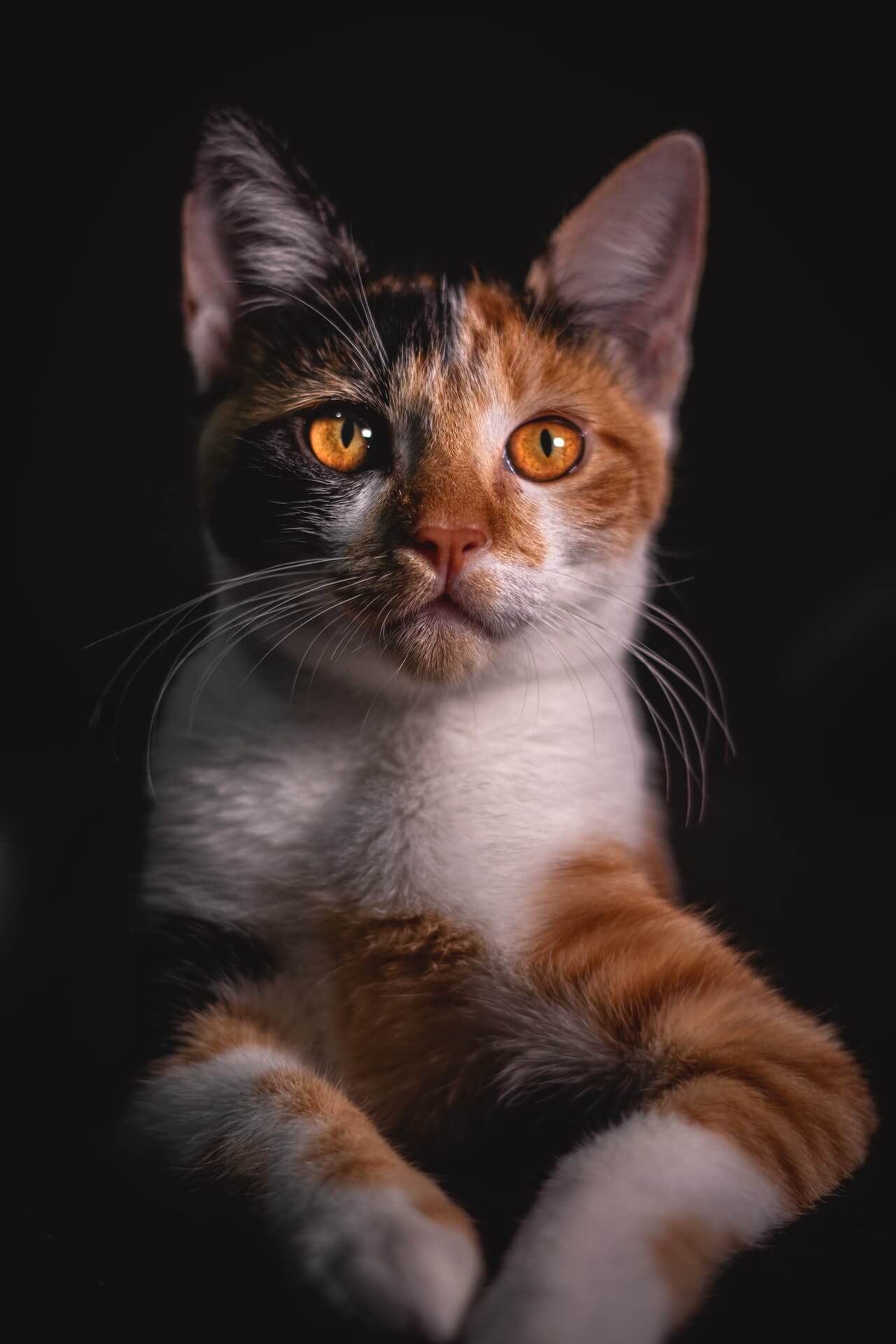
Cats
Cat guides for all types of cats from pet cats to the exotic cat. Domestic cat breeds include natural breed cats, hybrid cat breeds and cat mutations!
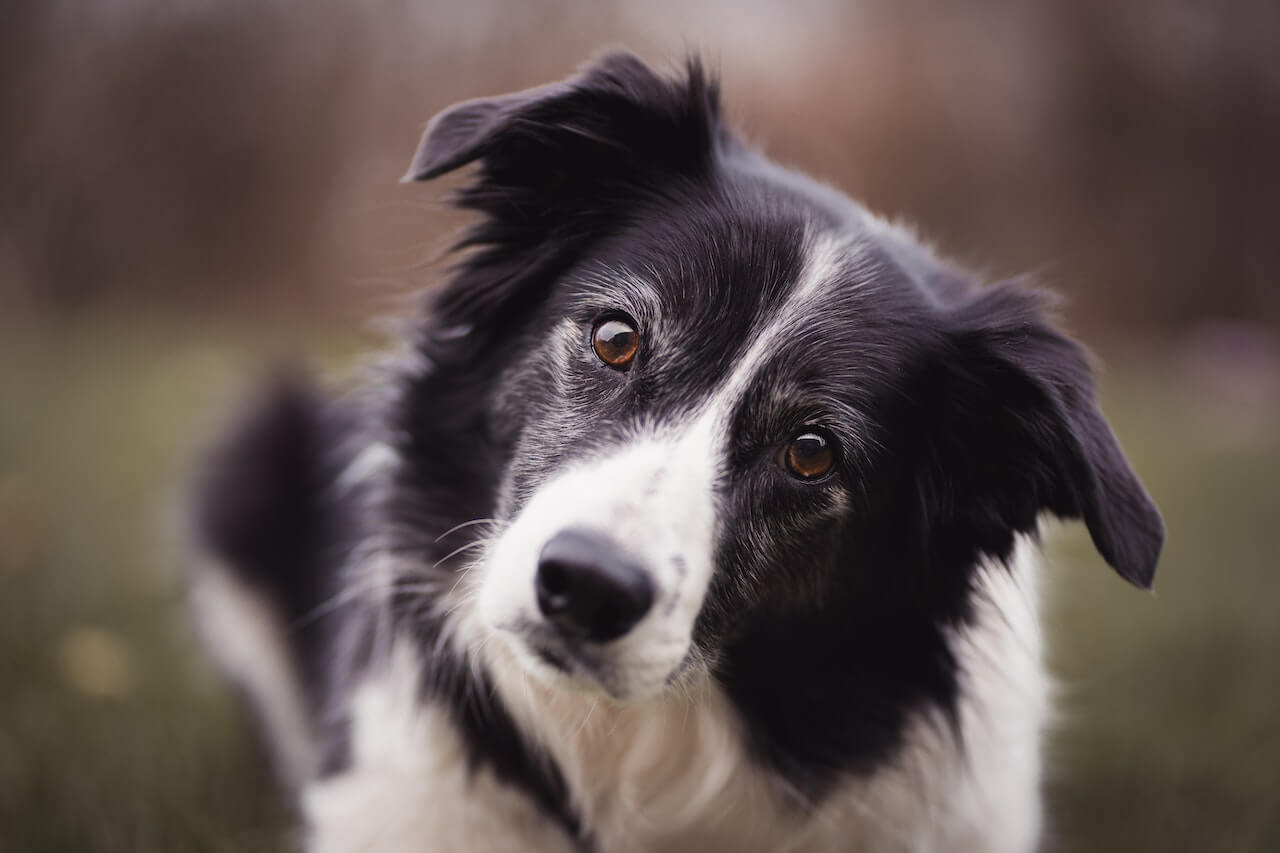
Dogs
Dog information, dog care, and dog pictures for all dog types! Herding Dogs, Hound Dogs, Sporting Dogs, Non-Sporting Dogs, Terriers, Toy Dogs and Working Dogs
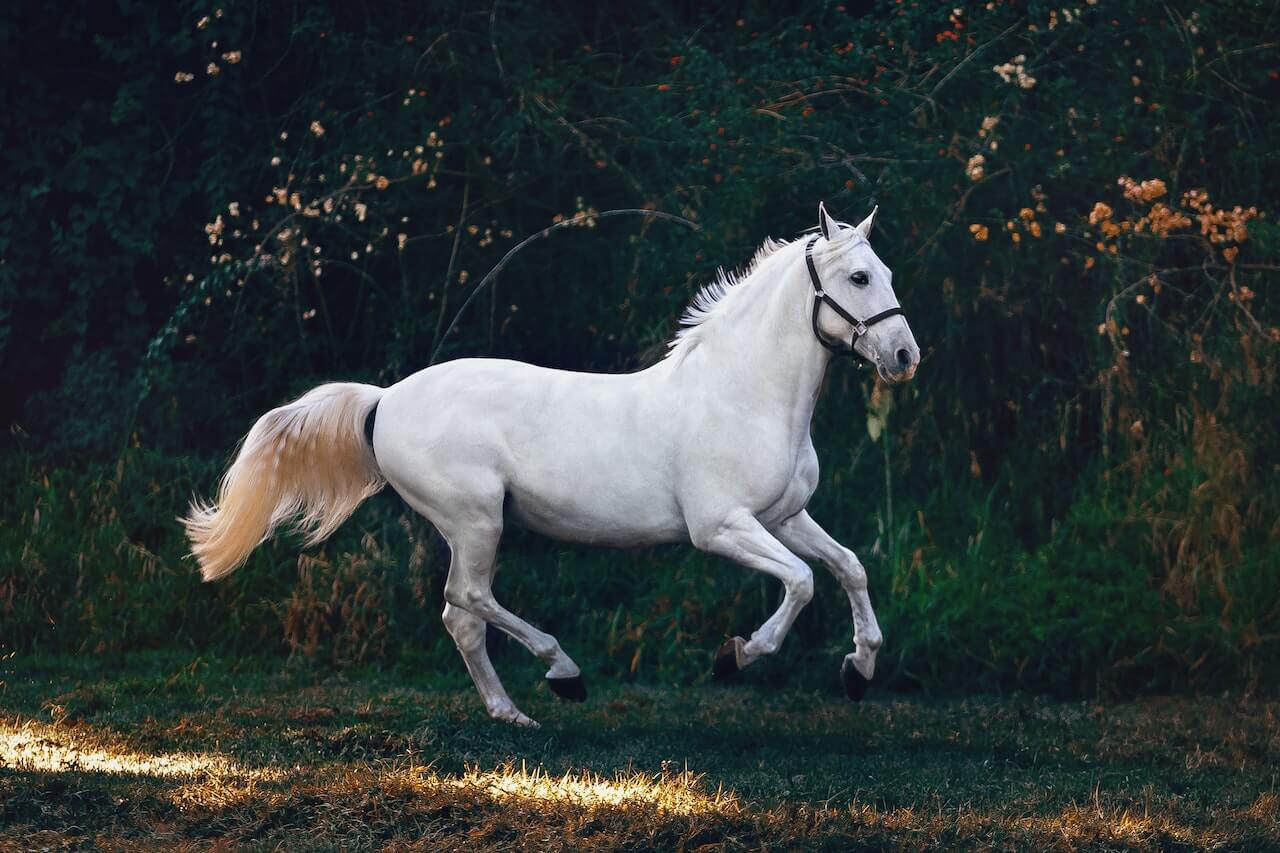
Horses
Horse guides with information, pictures and care for all types of horses and ponies: draft horses, light horses and miniature horses. Backgrounds and tips for an equestrian to find the best horse breed.
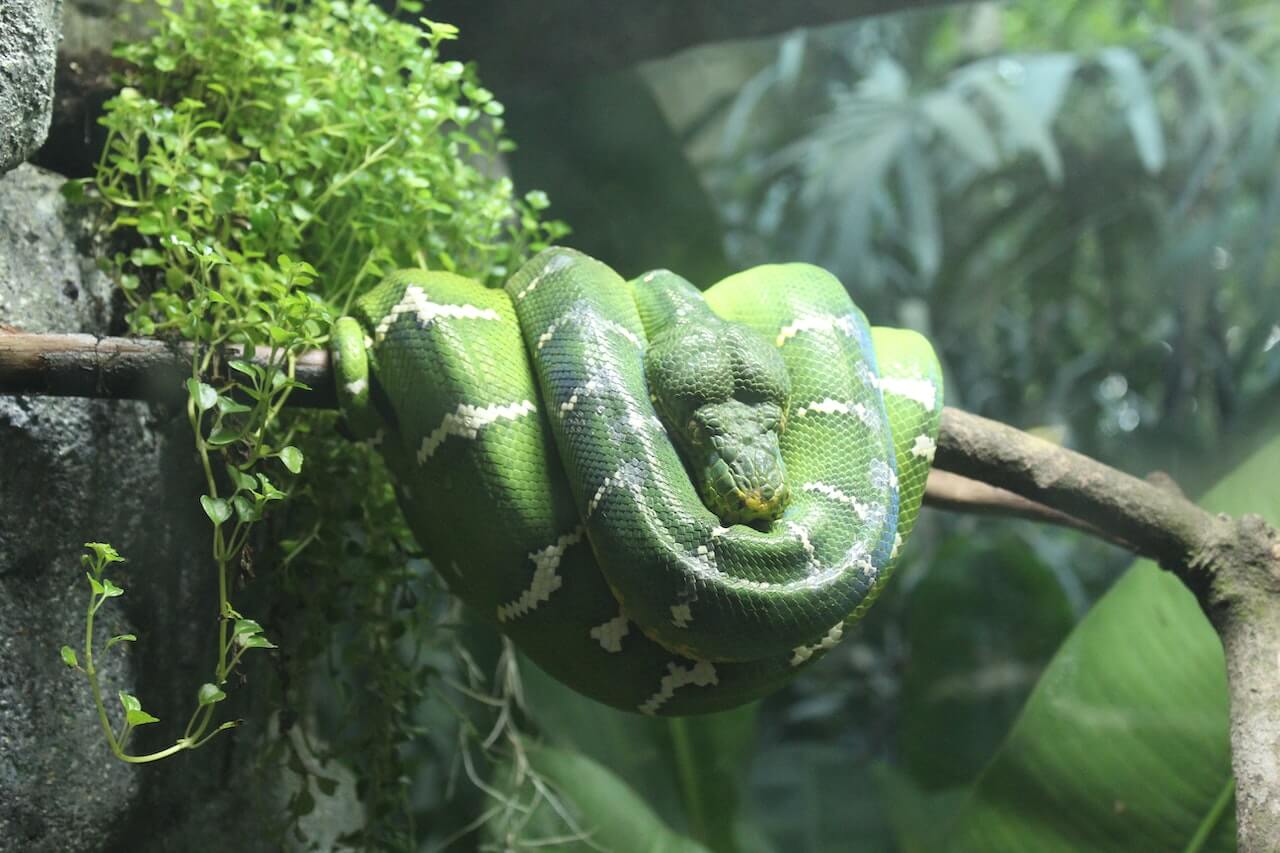
Reptiles
Reptiles and amphibian guides. Information, pictures and care for all types of lizards, snakes; frogs, salamanders and other amphibians, turtles and tortoises, scorpions, tarantulas and more.
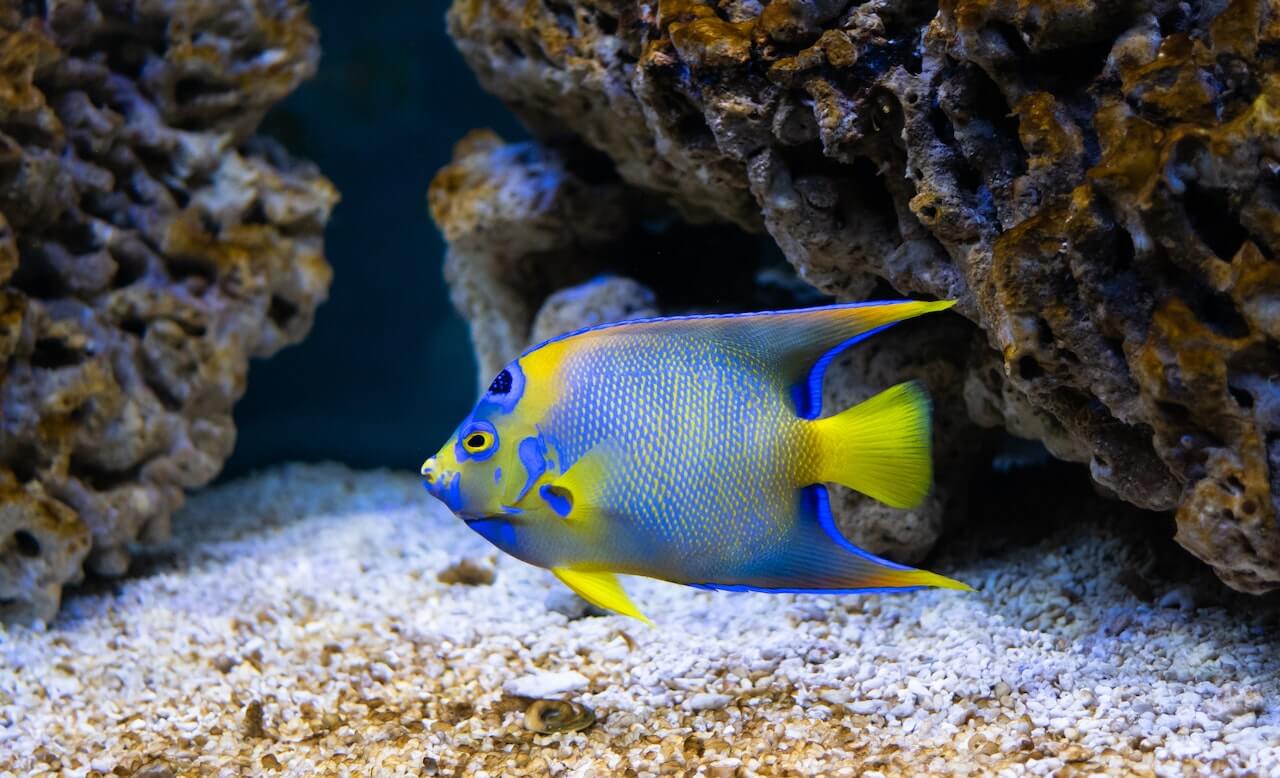
Saltwater Fishes
Reptiles and amphibian guides. Information, pictures and care for all types of lizards, snakes; frogs, salamanders and other amphibians, turtles and tortoises, scorpions, tarantulas and more.
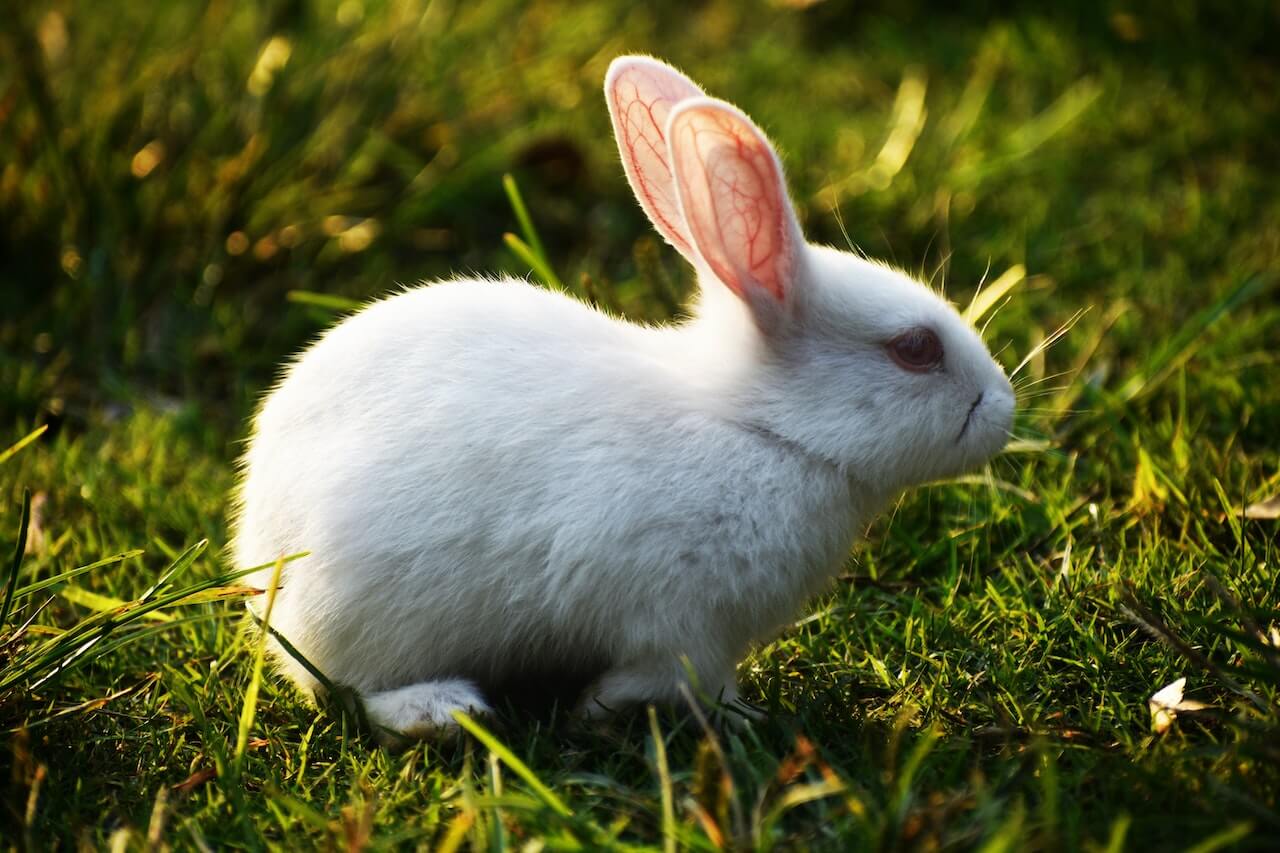
Small Animals
Reptiles and amphibian guides. Information, pictures and care for all types of lizards, snakes; frogs, salamanders and other amphibians, turtles and tortoises, scorpions, tarantulas and more.